Last time, I mentioned how my next batch of homebrew would probably be a saison style beer. I've been drinking a lot of
saisons lately, and it's quite a broad style. What I wanted to go for was something along the lines of
Saison Dupont, but in looking around at the various homebrew kits out there, I didn't see anything that really came close. So I picked up a book called
Clone Brews, which has a recipe for a Saison Dupont clone (amongst many others). I ended up finding a
Northern Brewer kit that was for a really weak, session strength saison that had enough similarities that I could buy that, then augment it with some additional ingredients. The recipe used below is a sorta hybrid between the recipe from the book and the Northern Brewer kit.
Brew #4 - Saison
June 19, 2011
0.5 lb. Belgian CaraVienne (specialty grain)
3.15 lb. Northern Brewer Pilsen LME
3 lb. Muntons Extra Light DME
1 lb. Briess Pilsen DME
1 lb. Light Belgian Candi Sugar
2 oz. Styrian Goldings hops (bittering @ 4.6% AA)
0.5 oz. East Kent Goldings hops (flavor)
0.5 oz. East Kent Goldings hops (aroma)
0.5 oz. Saaz hops (aroma)
0.5 oz. Bitter Orange Peel
1 tsp. Irish Moss
Wyeast 3711 French Saison Yeast
To make sure I wasn't throwing the recipe completely out of whack by adding extra malt/hops/whatever, I played around on
Hopville's Beer Calculus thingymabob. It turns out that I was a little low on bittering hops, but I had enough other hops left over that I was able to adjust the recipe just fine (part of the problem is that the packaging for the Styrian Goldings hops says they're 4.6% Alpha Acids, while the recipe from the book has them at 5% - so by adding extra, I probably screwed it up and made myself a very bitter saison). I did save the
recipe in case you want to see some more stats on it. Note that they let me add this - which basically tells me to take most of the recipes on there with a grain of salt! Also, I had to use "Munton's Light DME" instead of "Extra Light", which I presume inflated the OG a bit.
Anyway, my last batch turned out kinda weird. It tastes ok, but it's also not much like a Hefeweizen. It may continue to work itself out in the bottles, but basically, the light wheat flavors one expects out of a Hefeweizen are nowhere to be found. I think one of the big problems was that I used too little water when I did the boil, thus leading to a bit of caramelization of the malt, which kinda destroyed the delicate wheat flavors. There are probably some other process things I can improve as well. This saison recipe is a little more complicated than the last one, but it's not particularly difficult either.
So I start with steeping the Belgian CaraVienne grains in 2 gallons (or so) of 150°-170° water for around 20 minutes (surprisingly, the temperature was rising quickly, so it was probably a bit less than 20 minutes). I've never done this before, but I slowly removed the grains, put them in a strainer, and sparged with another half gallon of hot (not boiling) water. At this point, I removed from heat, then added the malt extracts and candi sugar, stirring vigorously to make sure the candi dissolved in the water before putting it back on the heat (again, don't want to caramelize the sugars - this is supposed to be a light colored beer). At this point, I estimated about 3.5 gallons of liquid in the pot, maybe even more.
Settled in for the long wait for it to boil. I put the lid on the wort to start, but I made sure to remove it once it got to boiling temperatures. One of the things I may have done wrong on my last batch was to keep the pot partially covered for most of the boil. This helped me maintain a good boil, but apparently during the boiling process, bad chemicals are released in the steam, and if you're covering the pot, some of it can't escape and you get off flavors in your beer. So despite my pitifully weak electric range, I tried keeping it uncovered for the whole boil. It actually wasn't that bad - perhaps the summer climate is more conducive to brewing...
Once it got to boiling, I added the bittering hops and started the timer. 45 minutes later, added flavor hops, bitter orange peel, and Irish Moss. 10 minutes after that, added the aroma hops (I had some extra Saaz hops from the kit, so I made a last minute audible and added an additional 0.5 oz. of hops for aroma). 5 minutes later, and it was off to the ice bath, which continues to be a challenge. Got it down to a reasonable 110° or so, and strained the wort into my fermenting bucket, pausing to clear out my strainer several times (all those hops were clogging it up). It filled up about 2.5 gallons of the fermenter, meaning that I had boiled off at least one gallon. Filled the rest of the bucket up with cold water, bringing the temperature down further (maybe a little more than 70°). Stirred vigorously to aerate the wort.
I mentioned last time that I was struggling with the yeast for the saison. If I really wanted to make a true Saison Dupont clone, I would have used the Wyeast 3724 Belgian Saison yeast, which, rumor has it, is based on Dupont's house yeast. However, it's also infamous for getting stuck at around 1.035 during fermentation, unless you maintain really high temperatures (like, upwards of 85°). Given that my brewing skills are still fledgling and that my ability to control temperature is lacking, I decided that I should try something else. At first, I was looking at a bunch of Abbey and Trappist yeasts, but then I found the Wyeast 3711 French Saison yeast. Near as I can tell, it will give me a similar feel, but without the trickiness of the 3724 variety. I had smacked the Wyeast packet early this morning (couple hours before starting the boil) and it had swelled up as the yeast became active. After all was ready, I pitched the yeast, threw the cap on, and installed the airlock. Done!
Original Gravity: 1.060 (approximate). This is a bit low according to my calculations, but adjusting for temperature and imprecision at reading the hydrometer, you can maybe fudge that up to 1.062. Assuming reasonable attenuation, this should result in an ABV of around 6.5%-7%, which is right around where I was aiming. Hopefully it won't be overwhelmed by hoppiness...
Timewise, it took about 3-3.5 hours (including the cleanup), which is about average. I'm a little bit worried about temperature control here, but I should be able to keep it at around 70°-75°, which is towards the upper range of the yeast's comfort zone, but I'm hoping that will be ok. There are some doubts about this batch though. Between the extra hops and the temperature and how my last batch turned out, I'm not sure it will turn out well. But then I did correct some things about my process, so hopefully this will make up for any problems.
My next batch will probably be something a bit darker. Apparently these are a bit easier to brew for extract brewing. Perhaps a Belgian Style Dubbel. Or maybe just something a little more amber, like an IPA or something.
(Cross Posted on
Kaedrin Weblog)
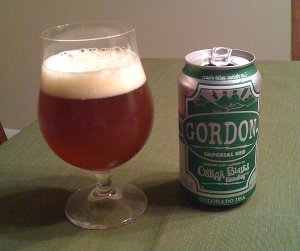
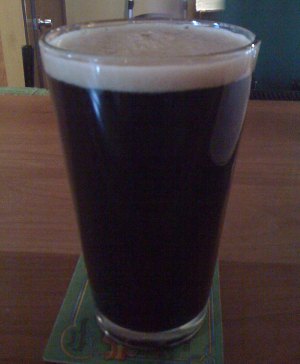
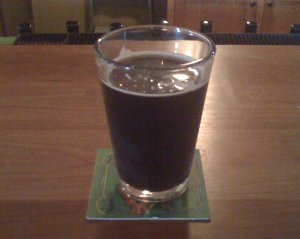


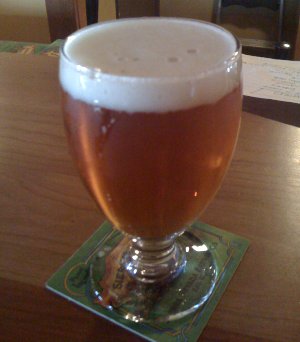
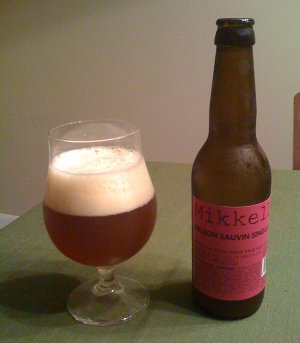
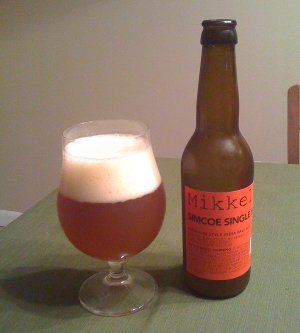
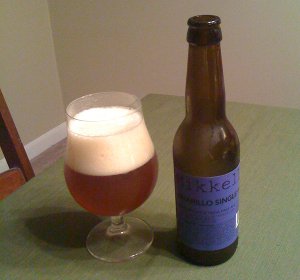
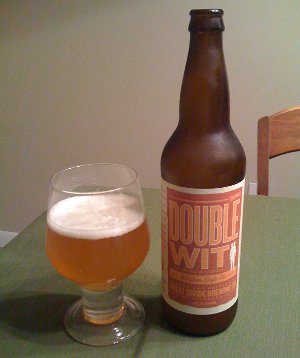
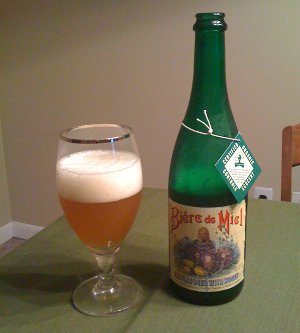
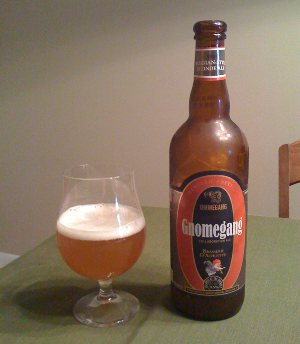
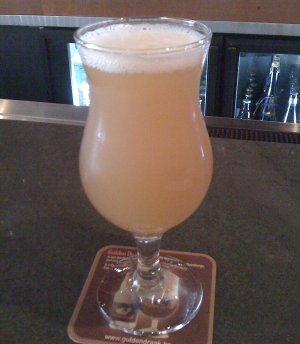
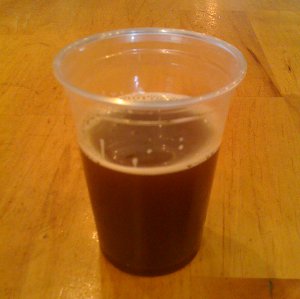
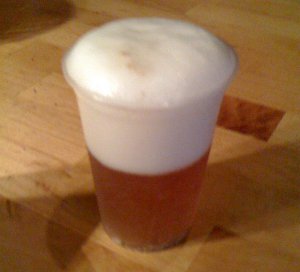
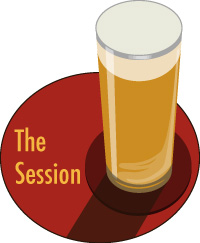 On the first Friday of every month, there's a beer blog roundup called The Session. Someone picks a topic, and everyone blogs about it. This month,
On the first Friday of every month, there's a beer blog roundup called The Session. Someone picks a topic, and everyone blogs about it. This month, 
